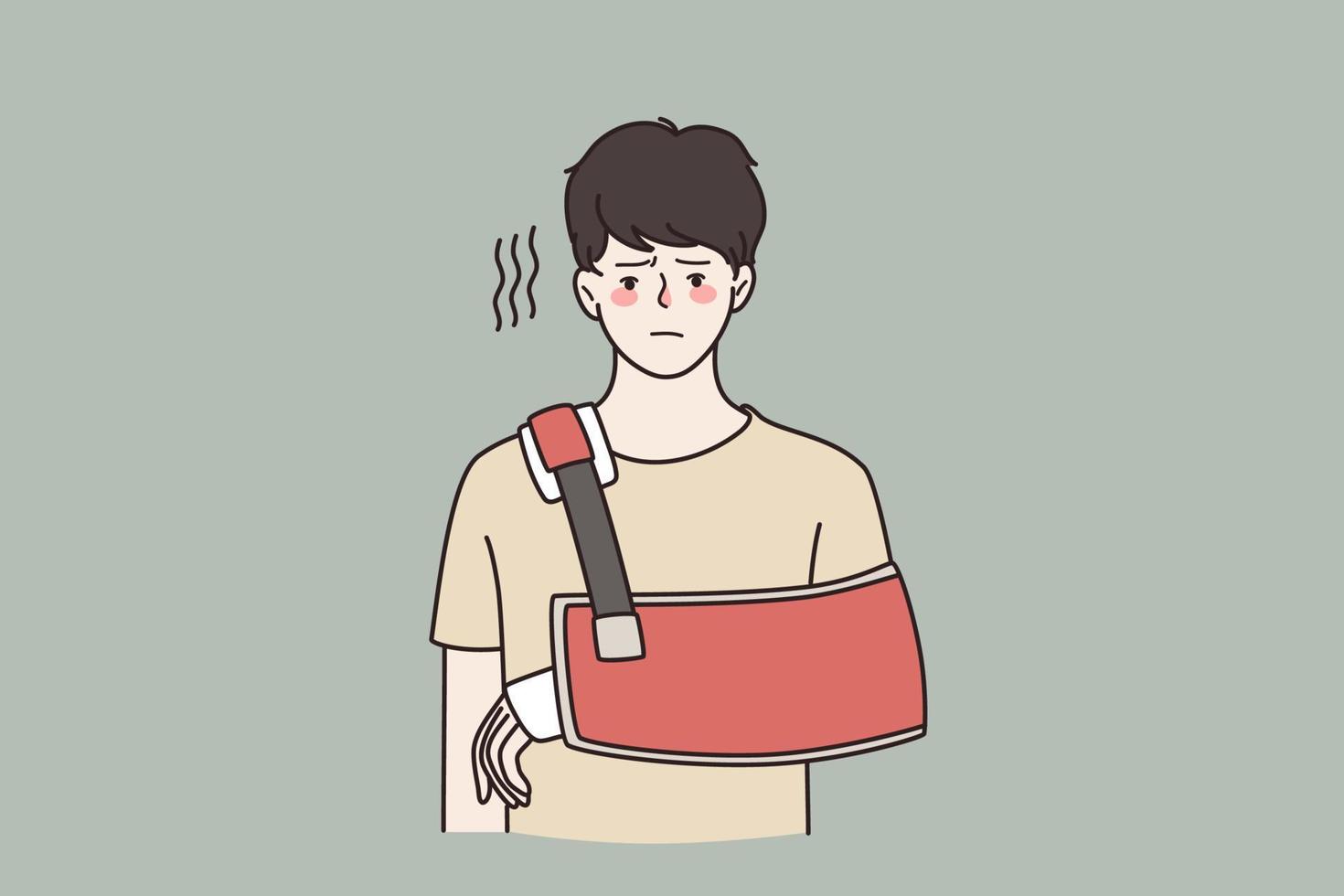Injury
Explore comprehensive insights and expert guidance on injuries at our dedicated 'Injury' hub. From prevention tips to recovery strategies, we provide a one-stop resource to empower you with the knowledge needed to navigate injuries, whether you're an athlete, fitness enthusiast, or someone seeking valuable information on injury management and rehabilitation. Your journey to a healthier, injury-free lifestyle starts here
Sep 30, 202229.4K Shares668.5K Views

Page 2 of 3